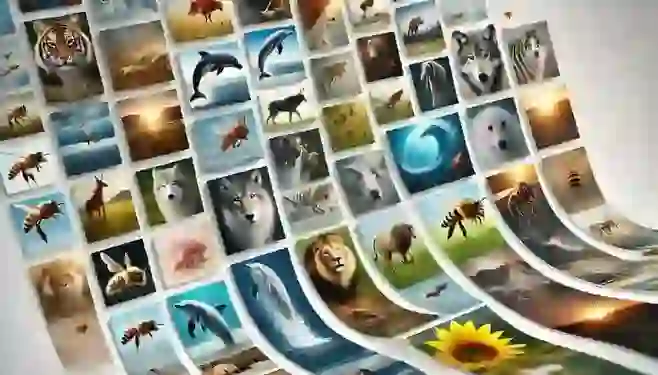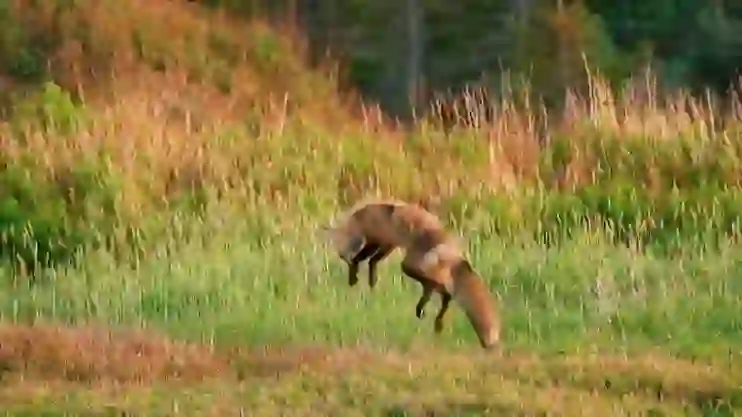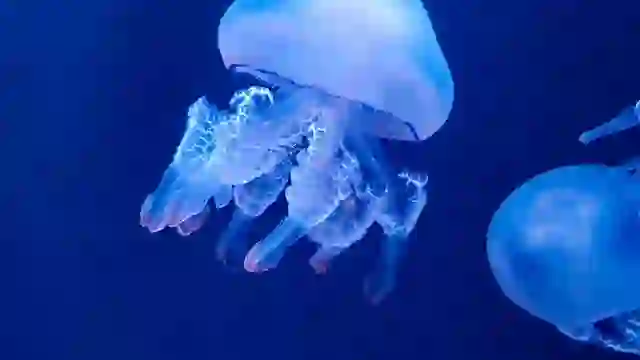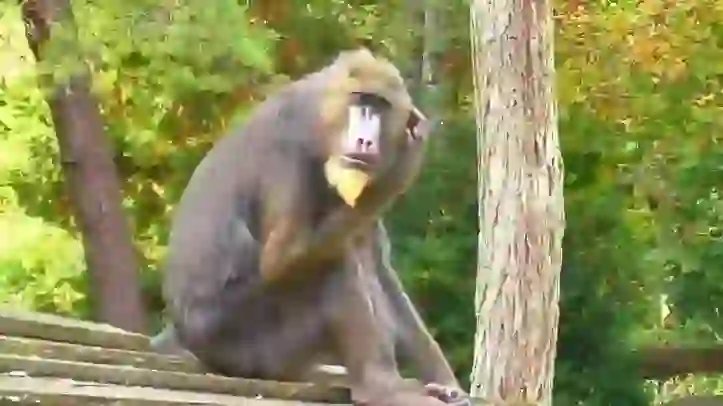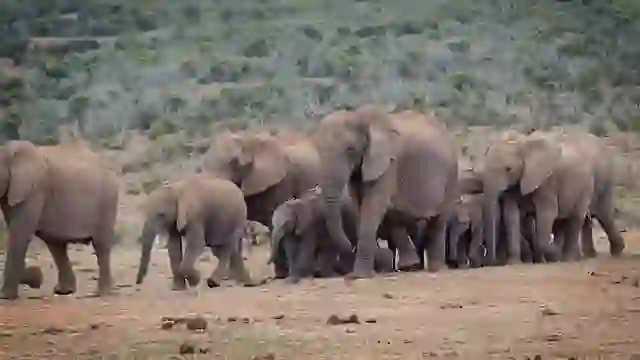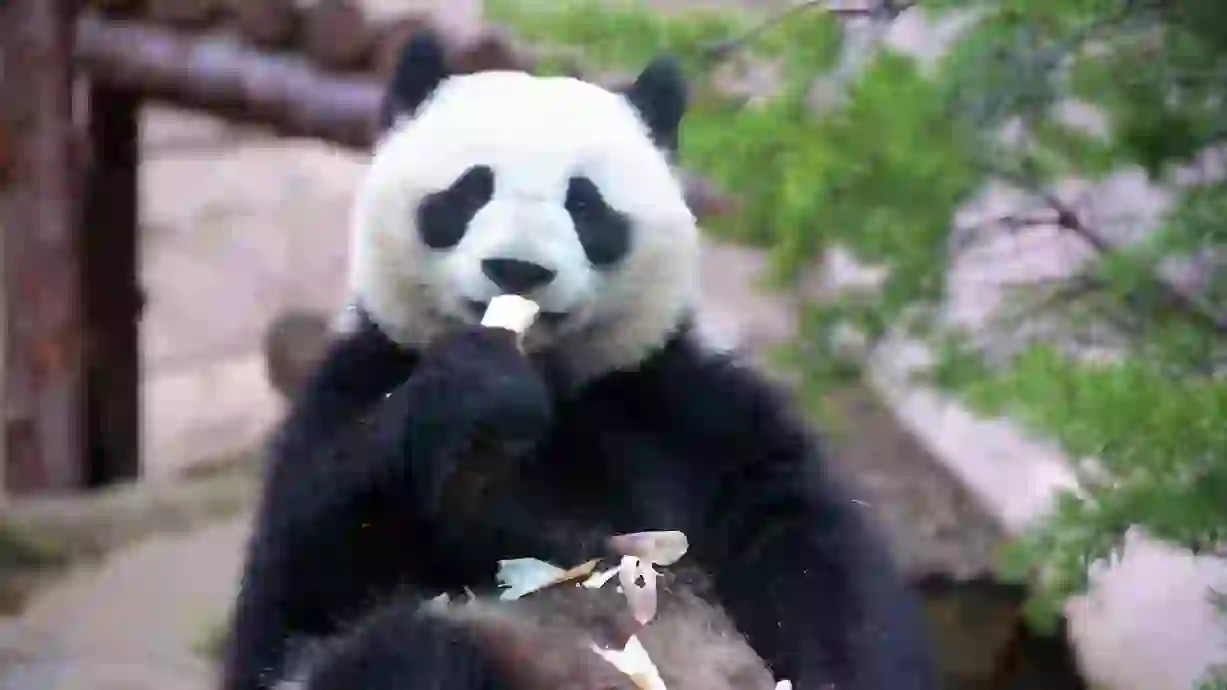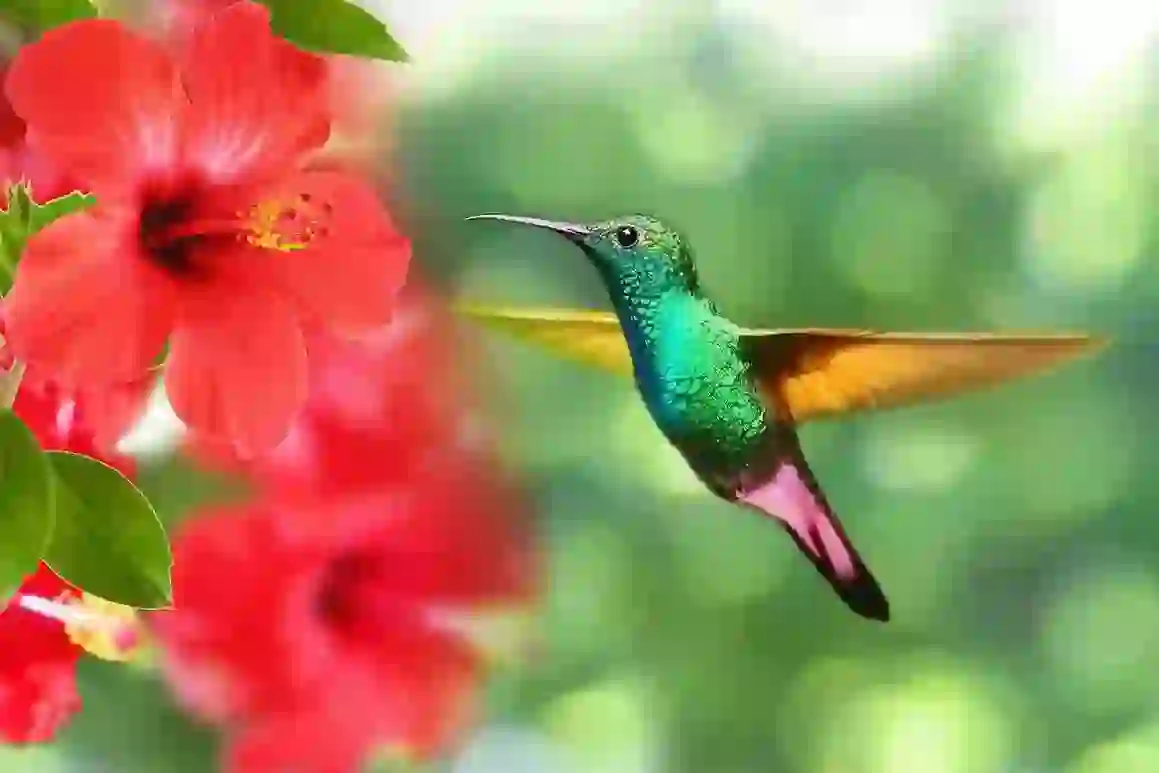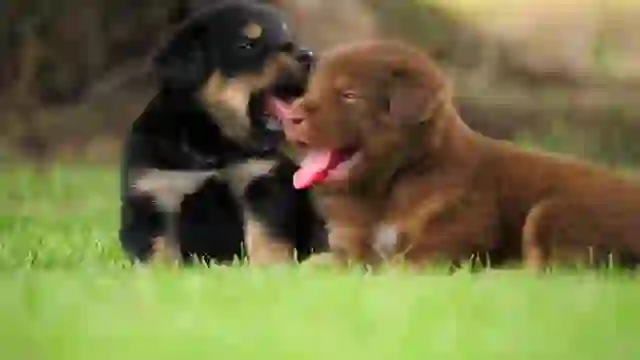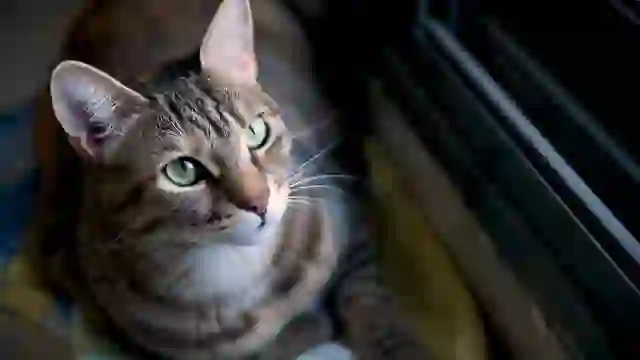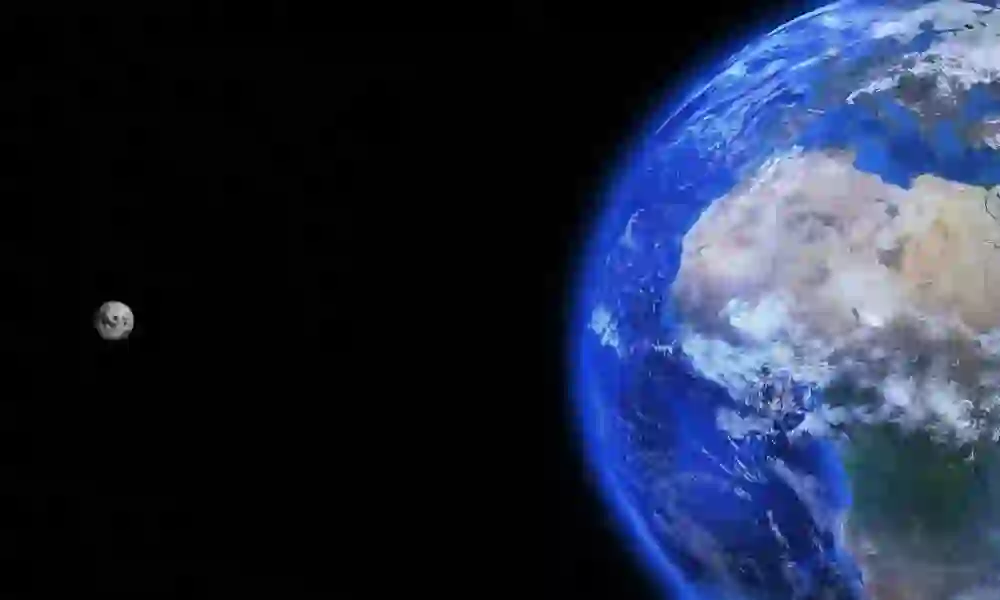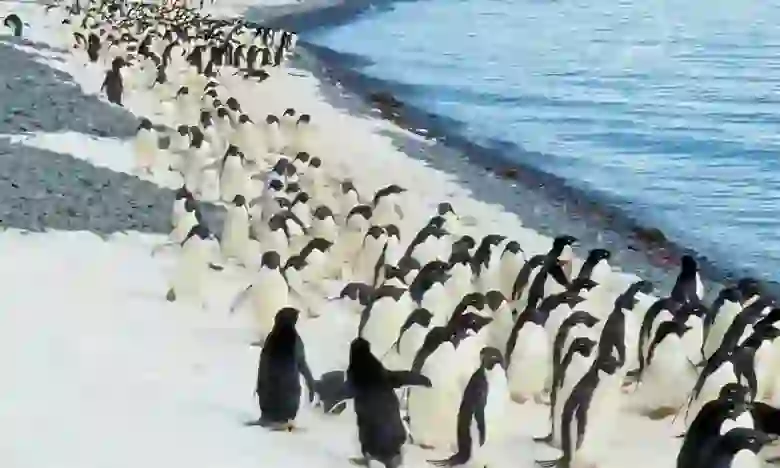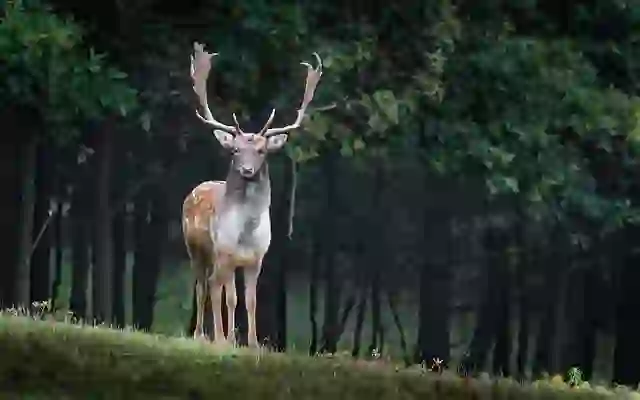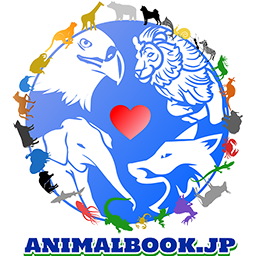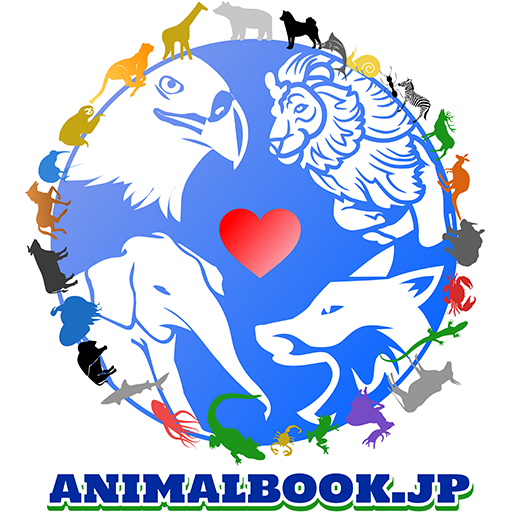
Wallum Froglet
Wallum Froglet
Wallum Froglet
The Wallum Froglet, a resident of the east coast of Australia, is named after "wallum," the unique vegetation found in the wetlands they call home. These frogs are known for their beautiful calls, but their ecology is shrouded in mystery.
Wallum Froglet Basic Infomation

| Property | Value |
|---|---|
| Scientific Name | Crinia tinnula |
| Taxonomic Status | SPECIES |
| Rank | Species |
| Vernacular Names | Wallum Froglet, wallum froglet |
| Kingdom | Animalia |
| Phylum | Chordata |
| Class | Amphibia |
| Order | Anura |
| Family | Myobatrachidae |
| Genus | Crinia |
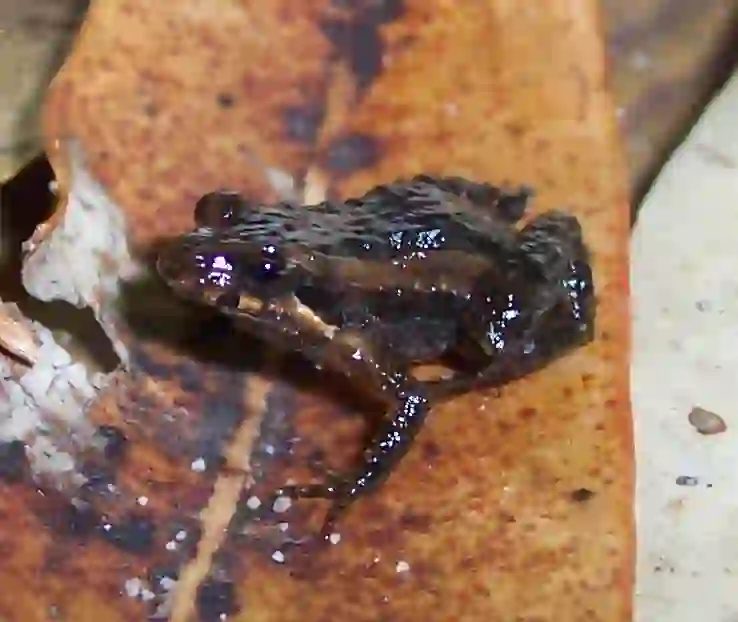
The wallum froglet ( *Crinia tinnula* ) is a frog species belonging to the genus Crinia in the family Myobatrachidae, found along the east coast of Australia.
They are about 2-3 cm long, with a gray or brown back and a white or cream belly.
Their skin is relatively smooth and glossy.
Wallum Froglet Q&A

Where do Wallum Froglets live?
Wallum froglets are found in the wallum heathlands along the east coast of Australia, a unique habitat characterized by specific vegetation adapted to the wetlands.
They inhabit puddles, swamps, and streams in these wetlands and spend the day hidden among aquatic plants or under rocks, becoming active at night.

What kind of sound do Wallum Froglets make?
Male Wallum froglets attract females with a beautiful call that resembles the chirping of a cricket, "poop, poop."
Compared to other frogs, their call is high-pitched and clear.

What do Wallum Froglets eat?
Wallum froglets are carnivorous, feeding on insects, spiders, and earthworms.
They are nocturnal and actively forage for food at night.

How do Wallum Froglets reproduce?
While the primary breeding season for Wallum froglets is from spring to summer, they can breed any time of year if there is rainfall.
Females lay dozens to hundreds of eggs at a time in puddles or slow-moving water.
The eggs hatch within a few days, releasing tadpoles.
Tadpoles live in the water and develop into adult frogs.

Are Wallum Froglets endangered?
Wallum froglets are facing population decline due to habitat loss, pollution, and climate change, and are listed as Least Concern (LC) on the IUCN Red List.
However, protecting their habitat remains crucial.

Would you like to become a part of the 'Animalbook.jp'?
Turn your knowledge into Q&A and share it with the world. ※Publication will be activated after purchase. Let's share information together!
Wallum Froglet Type of List

- Wallum Froglet
Information
Congratulations! You are the first commenter!

Create Your Favorite List!
Wallum Froglet
Save the animals you love! Build your own list to quickly revisit your favorites later.

Would you like to leave a comment?
※Please note: This is for the purchase of rights to post comments within the article.
Find Your Favorites!
Our shop offers a unique and attractive selection of goods themed around various animals.
Wallum Froglet References
Wallum Froglet Introduction of media used

Tnarg 12345 at the English-language Wikipedia, CC BY-SA 3.0, via Wikimedia Commons

Help Enrich Our Animalbook.jp with Your Media!
We are constantly looking to expand and enrich our Animalbook.jp with amazing photos and videos of animals. If you have any media that you'd like to share, please contribute and help us showcase the beauty and diversity of the animal kingdom. Your submissions will be credited and featured in our encyclopedia, reaching a wide audience of animal lovers.


